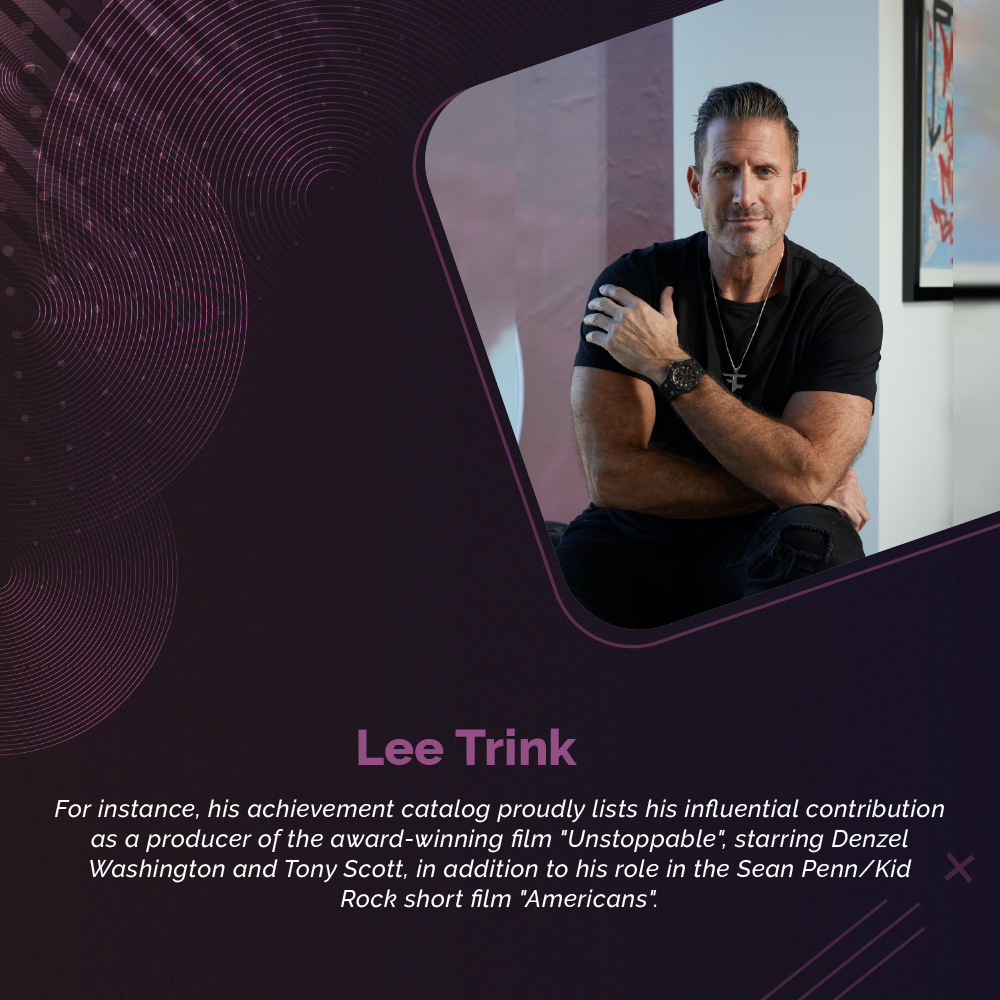
In the vast and vibrant landscape of the art world, an artist’s journey is not just about creating art but also about crafting a personal brand that resonates with its audience. A well-defined brand acts as a lighthouse, guiding admirers and collectors to the artist’s unique vision and creations. This brand development journey is crucial in distinguishing an artist in a sea of talents. This article explores the multifaceted process of brand development for artists, offering practical insights to illuminate their path in the art world.
Embracing Your Artistic Identity
The initial and arguably the most crucial step in the brand development journey, particularly for artists and creative professionals, begins with a comprehensive and reflective embrace of one’s artistic identity. This pivotal phase entails more than surface-level considerations; it requires a profound and thoughtful exploration into what defines you as an artist. Such a deep dive encompasses a thorough understanding of various facets that form the backbone of your creative persona – from the intricate nuances of your inspirations and the unique techniques you employ in your craft to the overarching thematic focus that guides your artistic endeavors.
Moreover, it involves delving into the emotional depth of your work and deciphering the complex emotions and messages you aspire to communicate through your art. This process of self-reflection and discovery is not just a step towards creating a brand; it is about forging a brand identity that resonates with authenticity and sincerity. By ensuring that your brand is a genuine and holistic extension of your artistry, you lay the foundation for a connection with your audience that is deep, meaningful, and enduring. This approach to brand development is essential in today’s creative landscape, where authenticity leads to greater engagement and loyalty, ultimately setting the stage for a brand that captures the essence of your artistic vision and stands out in the crowded marketplace.
Designing a Visual Signature
Your visual signature is your brand’s fingerprint. It encompasses your logo, website design, business cards, and studio appearance. This visual identity should be a mirror of your art style. For instance, an artist whose work is ethereal and delicate might choose a soft color palette and elegant fonts, while a street artist might opt for bold, graffiti-inspired designs. Consistency in this visual language across all platforms and materials is critical to building a recognizable brand.
Crafting a Digital Gallery
In the digital era, an online presence is indispensable. A well-crafted website acts as a digital gallery, showcasing your portfolio and allowing your story and personality to shine through. When used effectively, social media platforms can be powerful channels for storytelling, engaging with your audience, and sharing glimpses of your creative process. Regularly updating these platforms with high-quality content keeps your audience engaged and attracts new followers.
The Power of Narrative
Your story is what makes your art unique. It’s about the journey, the inspiration behind each piece, and the message you wish to convey. Sharing these narratives creates a bond with your audience, making your artwork more than just a visual experience – it becomes a shared emotional journey. This storytelling can be woven into your social media posts, artist statements, and even the descriptions of your artworks.
Networking and Collaborative Growth
Building a network in the art community is invaluable. This includes connecting with fellow artists, galleries, curators, and collectors. Networking can lead to collaborations, exhibitions, and even mentorship opportunities. Collaborations, in particular, are a great way to expand your audience, as they combine and amplify the strengths of each collaborator’s brand.
Consistency and Evolution
While consistency in branding is essential for recognition, it’s also crucial to allow your brand to evolve alongside your art. This evolution should be organic and reflective of your growth as an artist. Your audience will appreciate being part of your journey and witnessing your brand’s and art’s evolution.
Utilizing Feedback and Analytics
Constructive feedback and analytics are goldmines for brand development. They provide insights into your audience’s preferences and behaviors. Use this data to refine your brand, tailor your marketing strategies, and make informed decisions about the direction of your art and brand.
Integrity Above All
In pursuing brand development, always maintain your artistic integrity. Your brand should be an accurate representation of your creative vision. Authenticity in your brand resonates with audiences and builds a loyal following that appreciates your art for its true essence.
Lifelong Learning and Adaptation
The art world is in constant flux, as are the trends in marketing and audience preferences. Staying informed and adaptable is critical. Engage in continuous learning through workshops, articles, and community involvement. This not only keeps your brand relevant but also inspires new artistic directions.
Creating a personal brand is a crucial component of an artist’s journey. It’s about illuminating your unique path in the art world and connecting your vision with those who will cherish it most. This process is reflective and outward-facing, requiring a balance of self-understanding and audience engagement. By nurturing a strong, authentic brand, artists can transcend mere visibility, creating a lasting emotional and aesthetic impact on their audience. Remember, in the art world, your brand is the canvas upon which your professional story is painted.